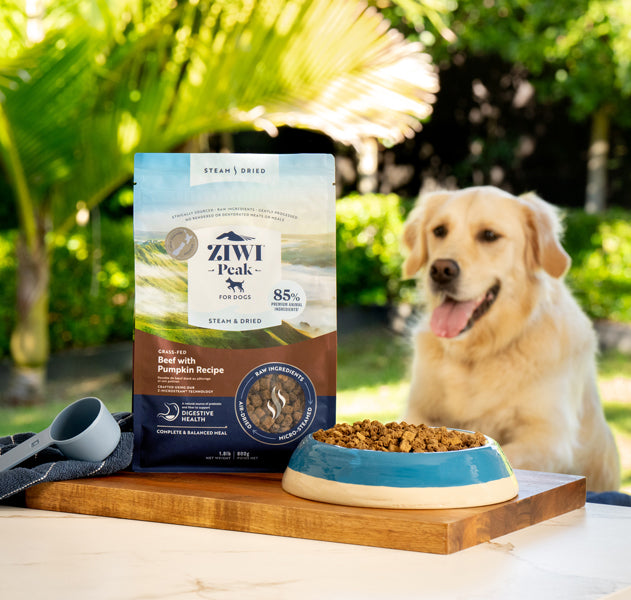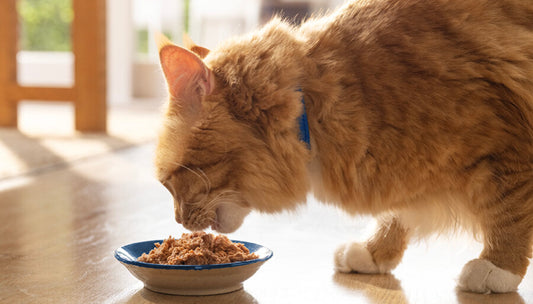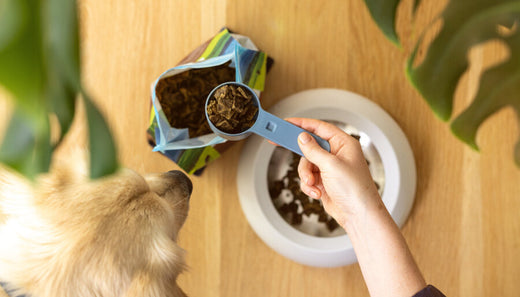 While every cat is different, it’s a good idea to ask yourself these two questions:
While every cat is different, it’s a good idea to ask yourself these two questions:
- Am I feeding my cat the diet they need to thrive?
- Am I feeding my cat the right amount of food?
Let’s explore the best cat food for weight loss below.
What should your cat be eating?
Cats are obligate carnivores (or ‘true carnivores’), meaning they’re designed to eat meat. They use fat and protein as primary energy sources, so a diet high in carbohydrates can cause weight gain as any carbs not used for energy are stored as fat.
Steering clear of ‘light’ or ‘diet’ foods is also important. They may seem appealing at first glance, but if you look closer at the ingredients list you may notice some red flags.
The best cat food for weight loss is a biologically appropriate, meat-rich diet like ZIWI Peak®. You’ll find 96% meat, organs, seafood and bone in all of our air-dried recipes, without the added carbohydrates or sugars.
Figuring out weight management with cat food
To figure out how much your cat should be eating to reach their ideal weight, follow these 3 steps:
- Choose a ZIWI Peak recipe, either air-dried or canned wet food
- Slowly start transitioning to the new ZIWI diet (see tips here)
- If your cat is slightly overweight, start feeding them the amount recommended for their ideal weight, not their current weight (use our handy feeding calculator here). If your cat is significantly overweight, you’ll need to reduce their food intake slowly, in very small increments and consult your vet.
Once they reach their ideal weight, keep feeding your cat this amount ongoing.
Health is a lifestyle
Diet is only one part of a healthy lifestyle, so it’s important to remember the age and activity levels of your cat will also impact their weight.
Older cats are more likely to gain weight over their younger counterparts due to the natural aging process, so don't forget to reduce their calories as they move into adulthood.
If your cat is mainly indoors (with no access to trees, room to roam or a yard to explore), it's even more important to create opportunities for daily exercise.
Last but not least, only feed your cat at designated meal times. Leaving a big bowl of food out can cause them to eat far more calories than they need.
Sources:
- https://feline-nutrition.org/nutrition/slimming-your-cat-what-works-what-doesnt
- https://onlinelibrary.wiley.com/doi/epdf/10.1111/j.1748-5827.2000.tb03129.x
- https://catinfo.org/docs/DrZoran.pdf
- https://catinfo.org/feline-obesity-an-epidemic-of-fat-cats/
- https://healthypets.mercola.com/sites/healthypets/archive/2019/06/04/how-to-keep-cats-entertained.aspx










